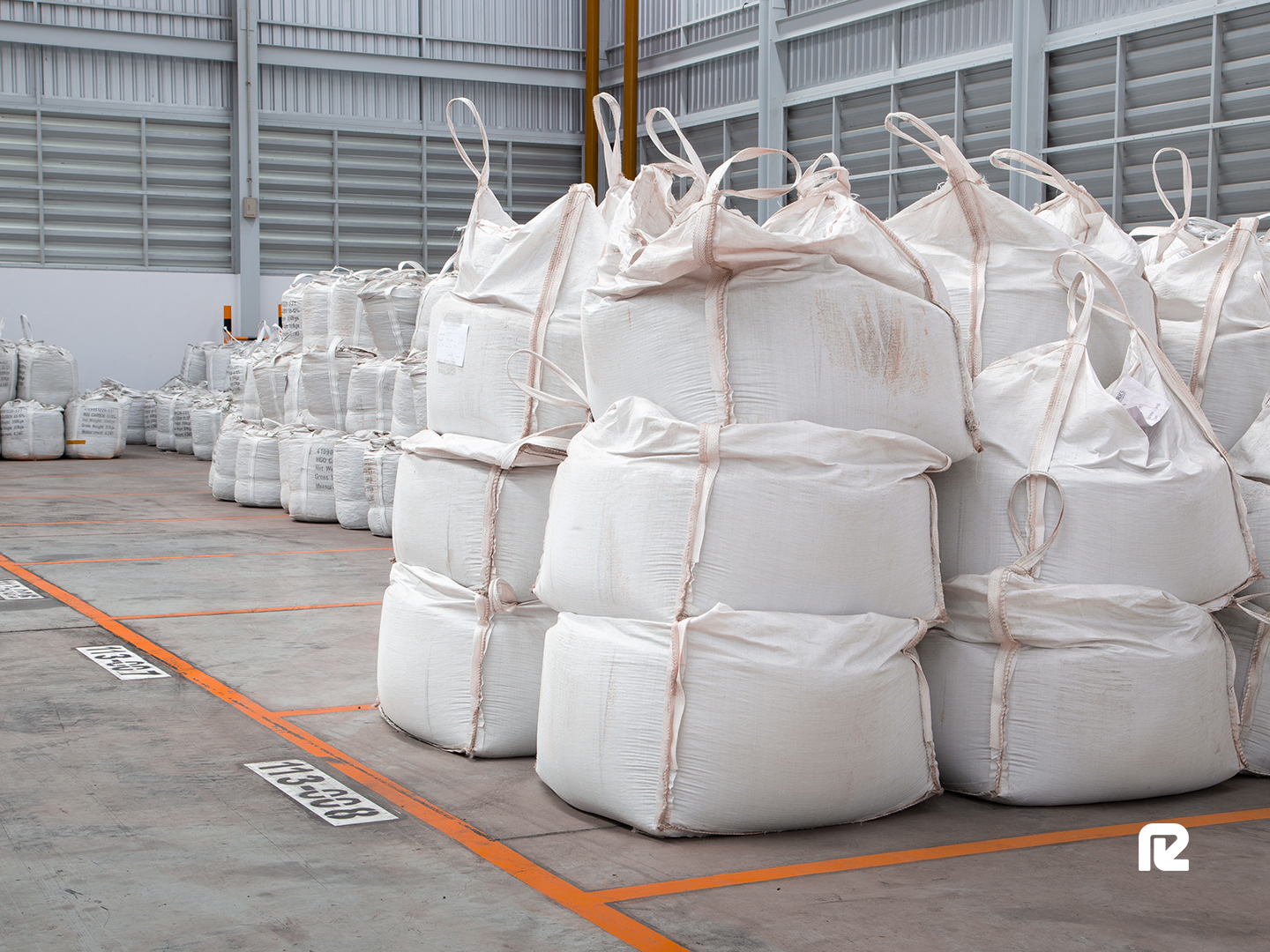Tips for Effective Risk Management in Logistics

In the dynamic world of logistics, navigating uncertainties is a constant challenge. From supply chain disruptions to regulatory changes, various risks lurk at every turn. However, with strategic planning and proactive measures, businesses can mitigate these risks and ensure smooth operations. In this guide, we'll explore key tips for effective risk management in logistics to safeguard your business and optimize efficiency.

Why is Effective Risk Management Crucial in Logistics (2024)?
The global logistics landscape in 2024 is anything but predictable. A recent study found that 72% of logistics professionals have experienced a disruption in their supply chains in the past year. These disruptions can stem from various sources, including:
- Extreme weather events: The increasing frequency and intensity of natural disasters can significantly disrupt transportation networks.
- Geopolitical instability: Political tensions and conflicts can lead to trade restrictions and delays.
- Cybersecurity threats: Logistics companies are prime targets for cyberattacks, which can cripple operations.
These are just a few examples, and the list continues to grow. With so much uncertainty, a robust risk management strategy is no longer a luxury – it's a necessity.
Identifying and Assessing Risks in Logistics
The first step towards effective risk management is proactive identification and assessment.Here's how to get started:
- Conduct regular risk assessments: Schedule regular brainstorming sessions with your team to identify potential threats across the entire supply chain.
- Categorize risks by likelihood and impact: Not all risks are created equal. Classify identified risks based on their probability of occurring and the severity of their potential consequences.
- Leverage technology: Utilize specialized risk management software to streamline the identification and assessment process.
By taking a comprehensive approach to risk identification, you can gain valuable insights into your vulnerabilities and prioritize areas for mitigation.
Risk Mitigation Strategies for a Resilient Supply Chain
Once you've identified and assessed potential risks, it's time to develop strategies to mitigate them. Here are some key tactics to consider:
- Diversification: Don't put all your eggs in one basket. Diversify your supplier base, transportation routes, and even storage facilities to reduce reliance on any single point of failure.
- Invest in technology: Technology plays a crucial role in risk mitigation. Implement real-time tracking systems to monitor shipments, utilize data analytics to predict potential disruptions, and leverage automation to streamline processes and minimize human error.
- Develop contingency plans: Be prepared for the unexpected. Develop detailed contingency plans outlining alternative courses of action for various disruption scenarios.
- Insurance: While it won't prevent disruptions, insurance can help financially recover from losses caused by unforeseen events.
The Power of Communication and Collaboration
Effective risk management in logistics is not a solitary endeavor. Open communication and collaboration are essential for building a truly resilient supply chain:
- Maintain strong relationships with partners: Regular communication with suppliers, carriers, and other stakeholders keeps everyone informed and allows for acoordinated response to disruptions.
- Invest in employee training: Empower your team by providing them with the knowledge and skills necessary to identify and address potential risks.
By fostering a culture of open communication and collaboration, you can create a more proactive and adaptable logistics operation.
Building a Resilient Future
The world of logistics is dynamic, and disruptions are inevitable. However, by implementing effective risk management strategies, you can equip your organization to navigate challenges, minimize losses, and ensure the smooth flow of goods. Remember, risk management is an ongoing process. Regularly review and update your strategies to stay ahead of the curve and build a resilient supply chain that can weather any storm.
Categories






